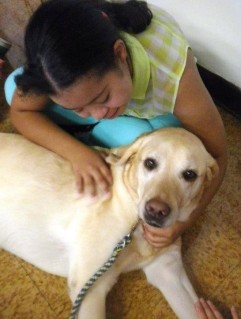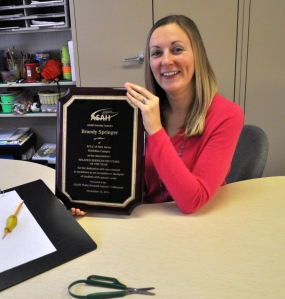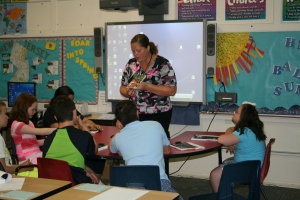The holidays are upon us! We look forward to the extended time off, busy holidays, and being thankful for time with family and friends – or most of it anyway.
Shopping, cooking, company, family, and more! The holidays present activities and expectations that can create stress or even guilt. We are not all going to have a Hallmark Moment Holiday!
How can we find ways to have quiet time and gratitude for all we do have? 
Gratitude is a deliberate and active practice for any time, but especially when times are busy and stressful due to family/personal difficulties, hectic holidays, or troubling world news. It is easy to feel overwhelmed and forget the good things that will endure.
I only have to view a news program to remind myself to be grateful for a place to live, food to eat, and people to be with, because so many people are tragically going without those basic comforts. We can’t control all that is chaotic in the world, but we can take steps to make our worlds a little calmer and more appreciated.
Some positive activities and thoughts for the holidays:
- As a family, donate some items that you no longer use. Organizations are always looking for clothes, household items, etc. This also helps children understand what to be grateful for that others are not always as fortunate as we are. Charitable organizations are always grateful for donations of time or food if you are able.
- Remember those who are alone for the holiday. Send a card to someone you miss. Call family who are far away. Bring dessert to a neighbor.
- Take a break. Go outside and play football with the family or take a walk. You will all remember playing and looking at nature as much as the wonderful meals.
- Count your blessings — and not just the big ones! Make this a practice for every day. Oprah Winfrey often suggested thinking of three things a day to be grateful for. Some people like to write them down. Being able to get out of bed, walk, speak, and eat are things we take for granted most of the time. Be mindful of them during these distracting times. Name the people who care about you. Don’t forget small things like getting a hug, making someone smile, walking your dog, accomplishing a routine task.
- What about big, family dinners? Take charge of things you worry will be problematic. Plan ahead for seating. Decide who will do best sitting with whom. Have children make place cards for guests. Find ways for children to be included – then set them free. Holiday meals can be a long stretch for kids. Plan something fun for them to do when the adults are lingering at the table, after the meal. Have a simple craft project set up or a familiar movie for them to watch. Ask willing teens or adults to take a turn supervising or playing with the younger ones. Sharing the load is something to be grateful for, too!
- Have a guest who likes to be a food critic? Ask them to bring a special dish to share. Too busy or tired to bake? Take a breath and pick up some prepared desserts. Everyone will be just as happy. Guide the conversation topics, and steer away from hot topics like politics. Turn off the world and the television. Have everyone name something they are grateful for. Although it may seem corny, it is interesting and uplifting to hear what others name, and it reminds us what to add to our own list.
Studies have shown that cultivating gratitude in daily life contributes to a more positive mood and a greater sense of emotional contentment. If it can help us in daily life, imagine the benefits for busy holiday times!
By Allison Weideman, Chatham school psychologist

 Research involving children with autism has found that having a family pet from a young age tended to improve social behaviors, such as introducing themselves, asking for information or responding to people’s questions.
Research involving children with autism has found that having a family pet from a young age tended to improve social behaviors, such as introducing themselves, asking for information or responding to people’s questions. If you are considering a cat, just as with dogs, it is important to find the right match. Cats tend to have distinct personalities and don’t exhibit the same type of behavior as dogs. As cat lovers know, cats are affectionate, friendly and will bond with you. They enjoy closeness and petting and play.
If you are considering a cat, just as with dogs, it is important to find the right match. Cats tend to have distinct personalities and don’t exhibit the same type of behavior as dogs. As cat lovers know, cats are affectionate, friendly and will bond with you. They enjoy closeness and petting and play. Fish, require maintenance and good, consistent care. Learning responsibility is important, but as the parent, you will always need to monitor and supervise the care and ensure the safety of both your child and your pet. Small, furry pets such as guinea pigs and hamsters are often appealing. However, they have to be handled very gently and care must be taken to have their cages always locked, so escape or unwanted attention from other pets does not occur.
Fish, require maintenance and good, consistent care. Learning responsibility is important, but as the parent, you will always need to monitor and supervise the care and ensure the safety of both your child and your pet. Small, furry pets such as guinea pigs and hamsters are often appealing. However, they have to be handled very gently and care must be taken to have their cages always locked, so escape or unwanted attention from other pets does not occur.


 Chatham School Staff:
Chatham School Staff:
